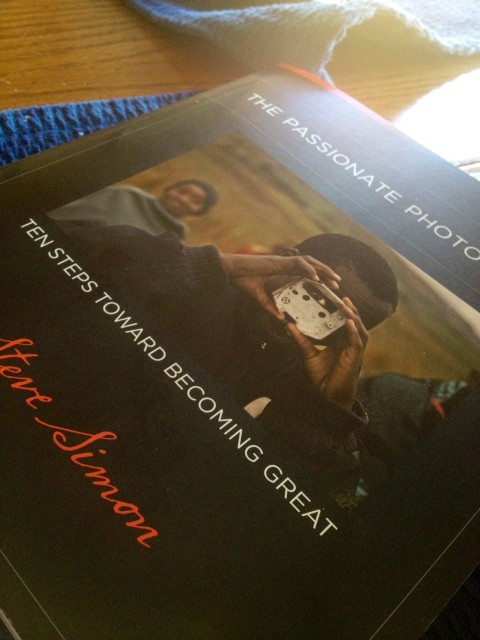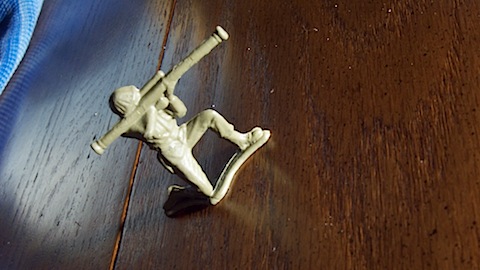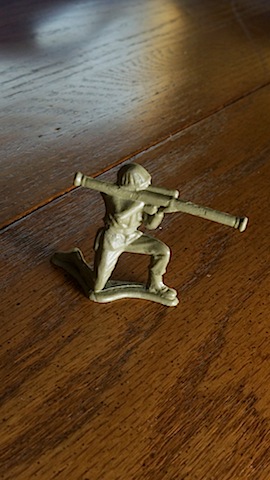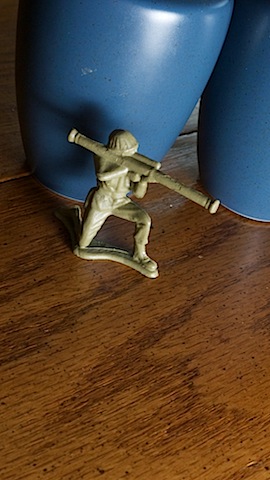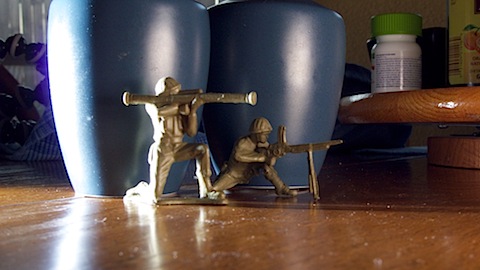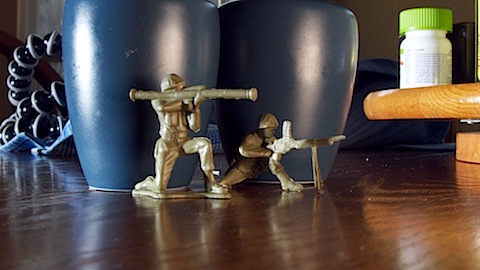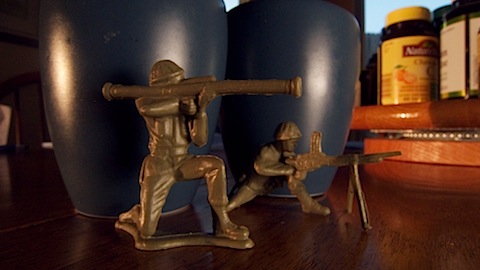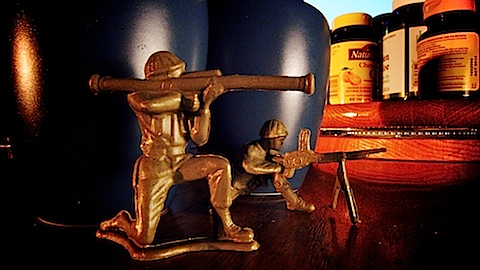Steve Simon’s book, [amazon_link id=”0321719891″ target=”_blank” ]The Passionate Photographer[/amazon_link], covers photography as more than a hobby. Â Broken into 10 chapters, he goes from identifying one’s desire to take photographs to using that desire to share a vision. In between, basic technical issues are discussed related to gear, f-stops, shutter speed and ISO as well as elementary composition techniques.
Throughout, he intersperses stories and quotes from other photographers, both historical and contemporary. While some photo books only use the authors images, Simon uses others’ images to illustrate points. Each chapter has an assignment for the reader to attempt and how to assess their ability. Â Also, Simon uses personal stories to cap each chapter in a “lesson learned”.
For beginners, Chapter 2, about practice and persistence, and Chapter 3, about ways to keep seeing the world anew will offer the best value. Chapter 6, about how to see light, really shows how to “see” an image–light and contrast creating interesting shapes and forms that are engaging and pleasing to the eye. Chapter 9, details how to go about creating a photo project and executing it, may help all those with ideas of “this would be a cool thing to do…”
[amazon_link id=”0321719891″ target=”_blank” ]The Passionate Photographer[/amazon_link]Â is a well sourced and well written book. Â Colorful, practical and engaging.
